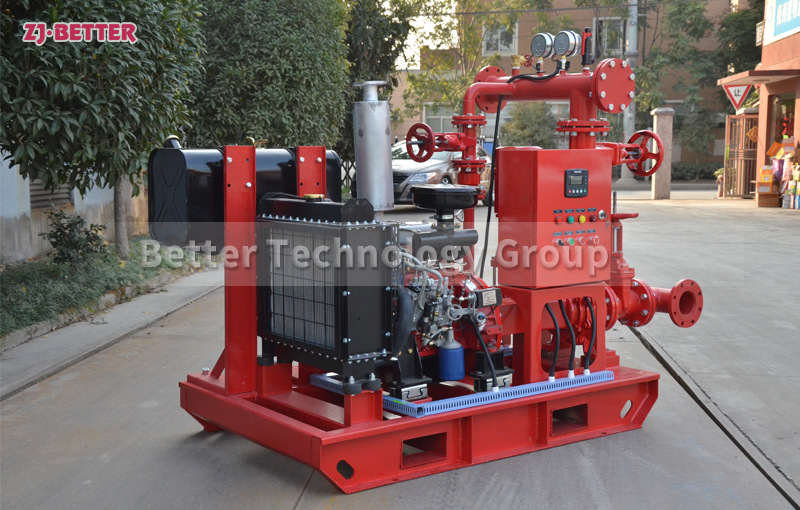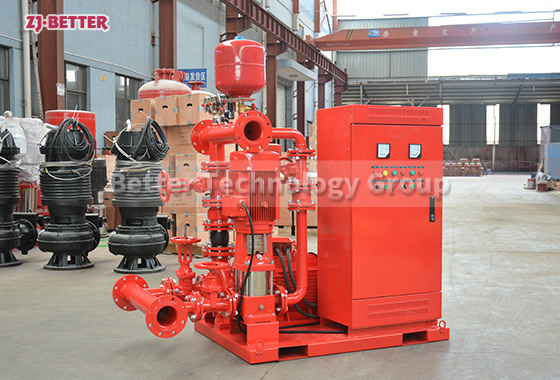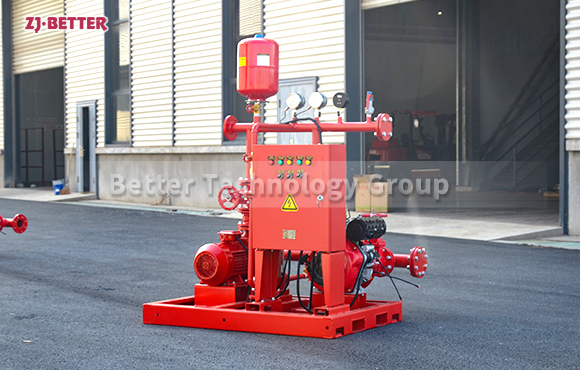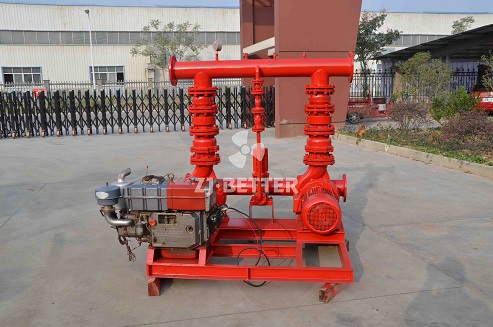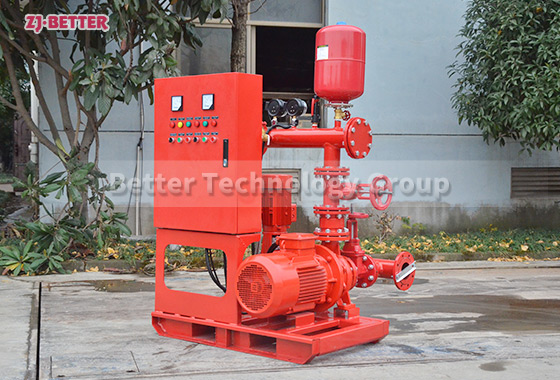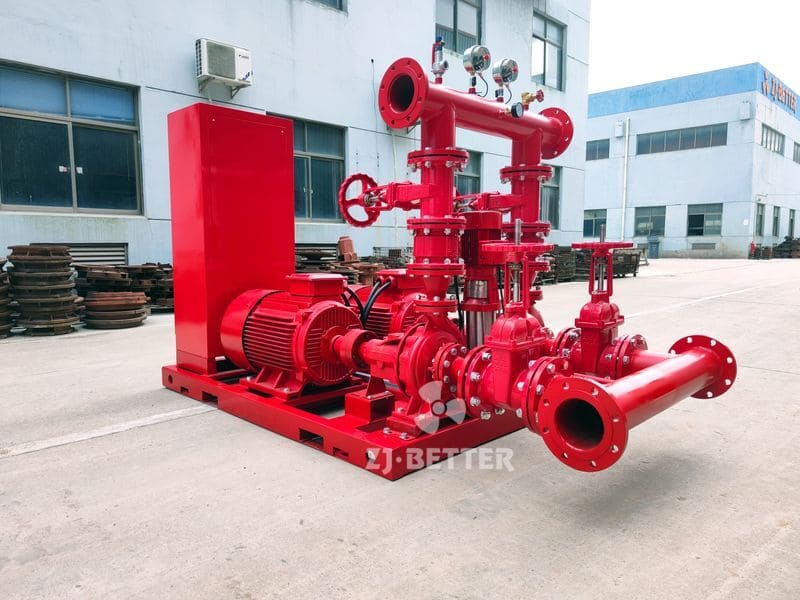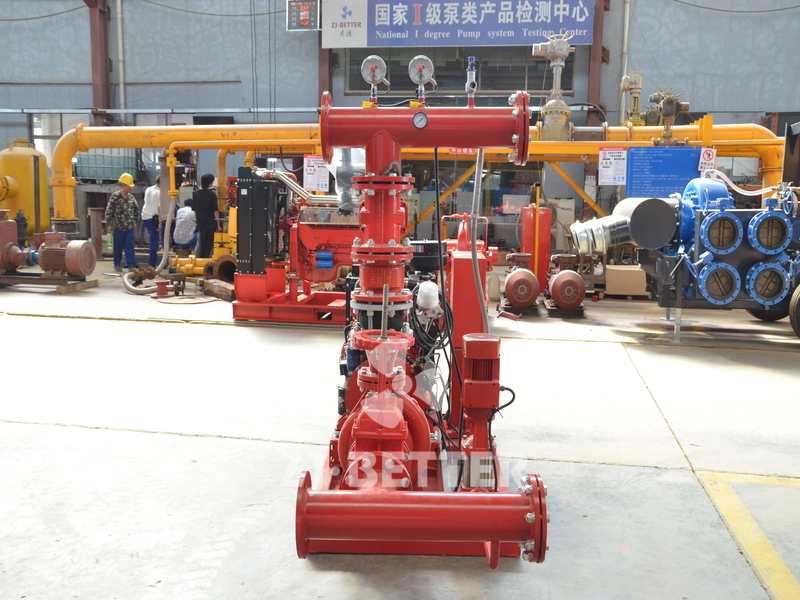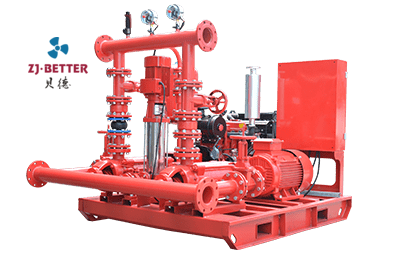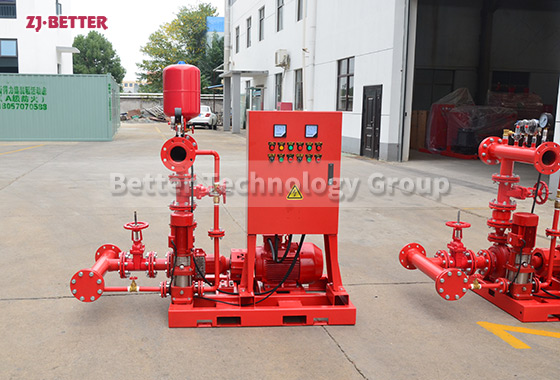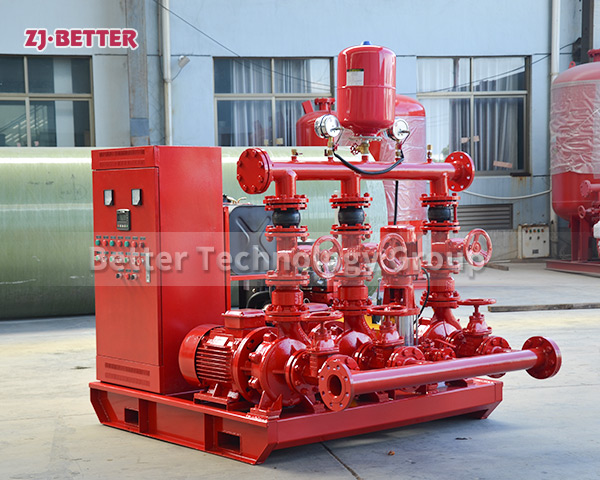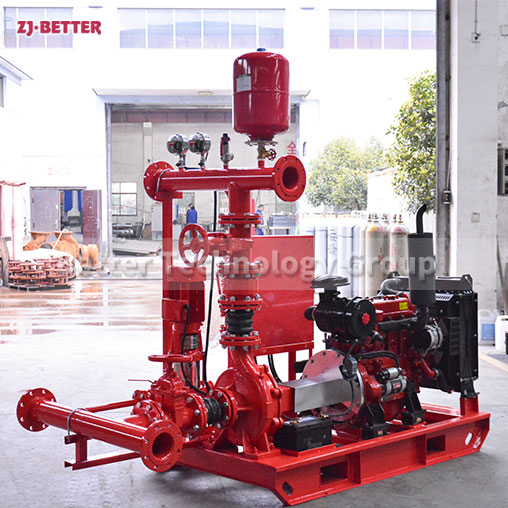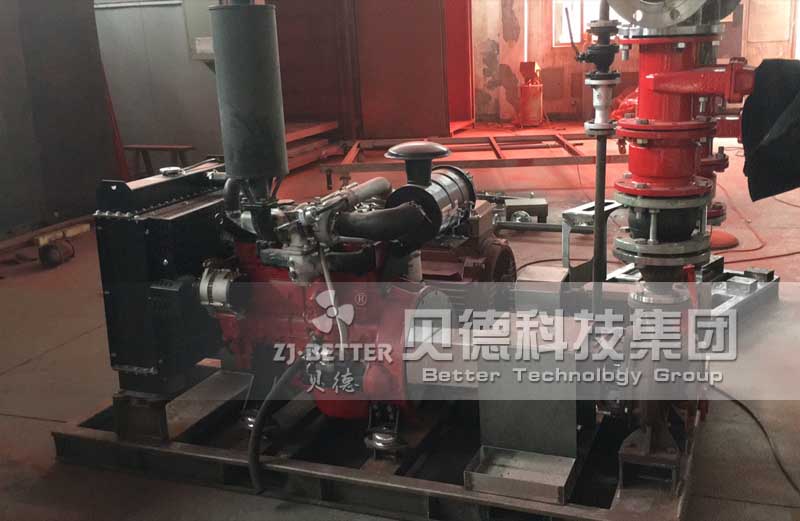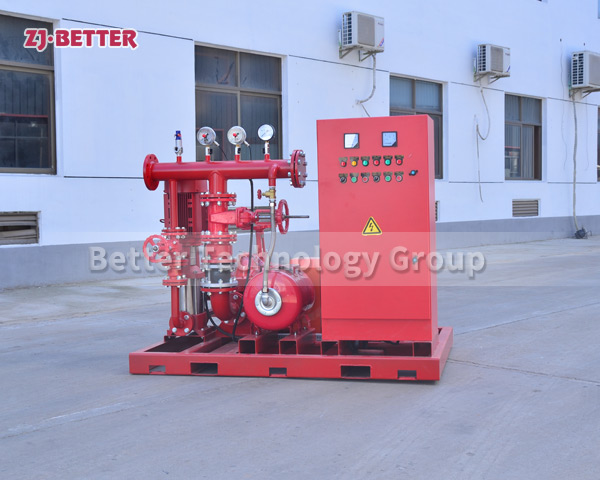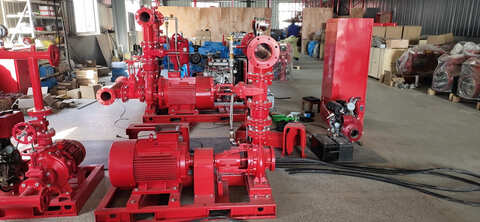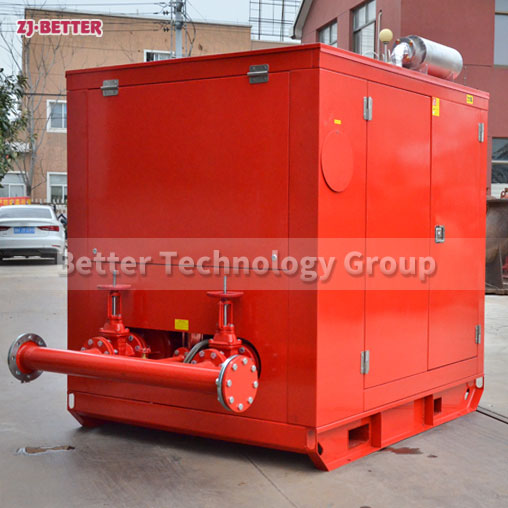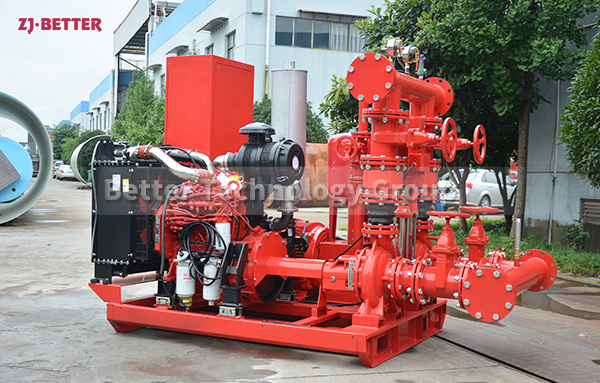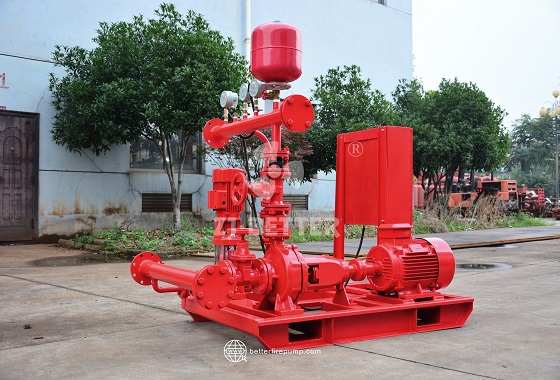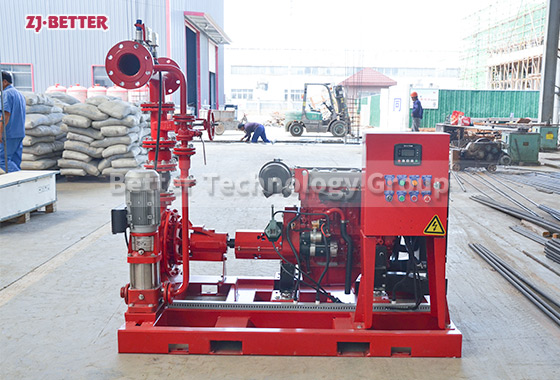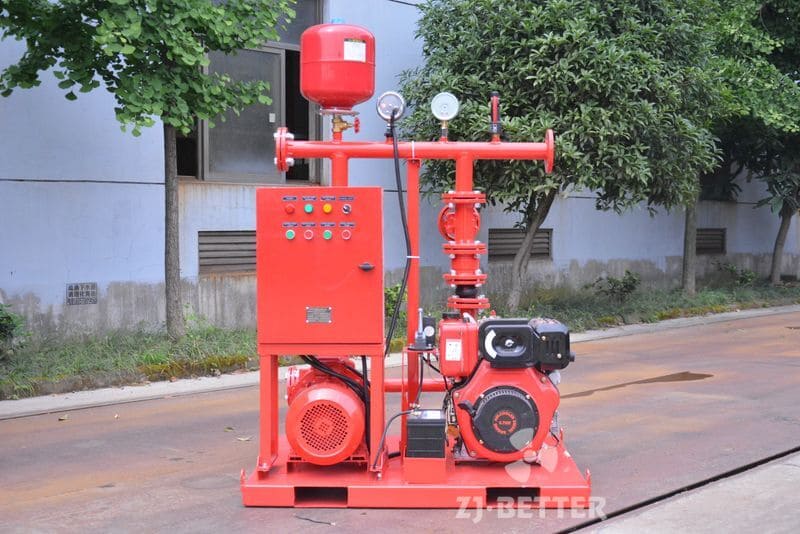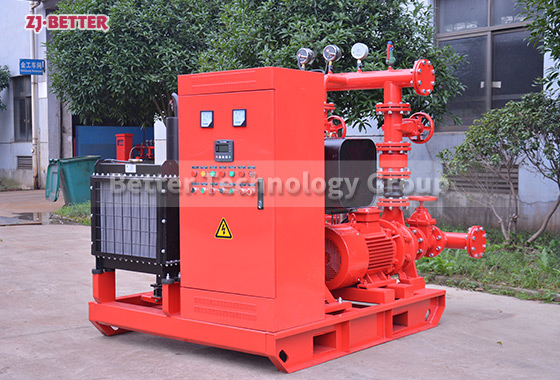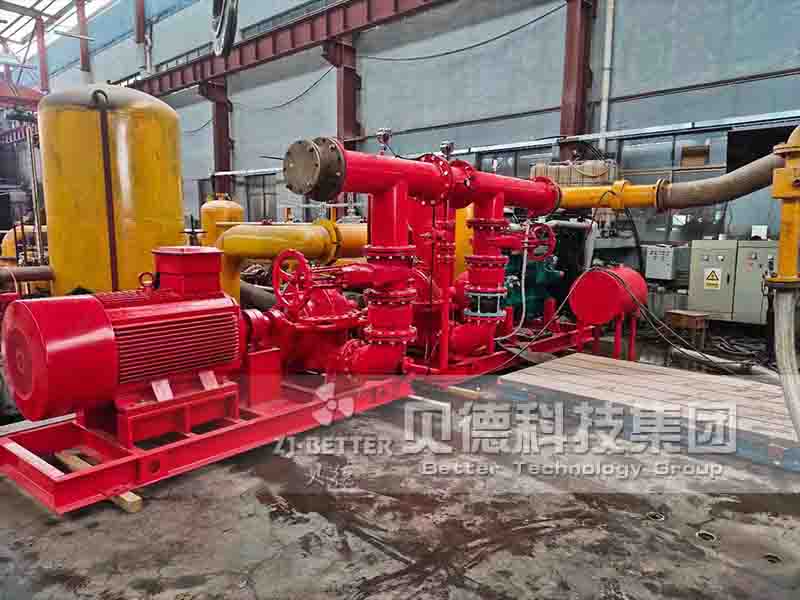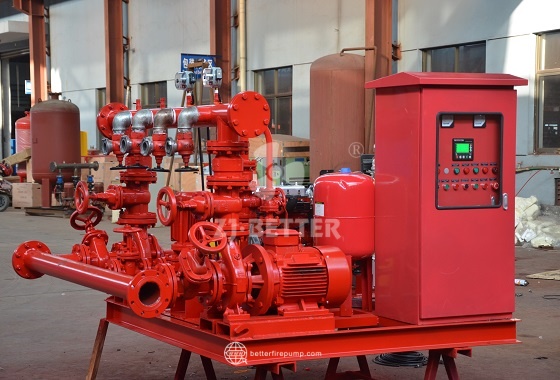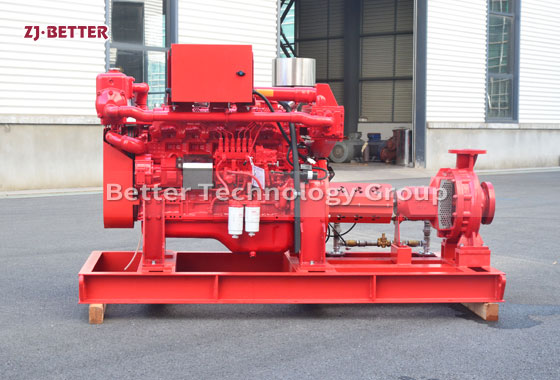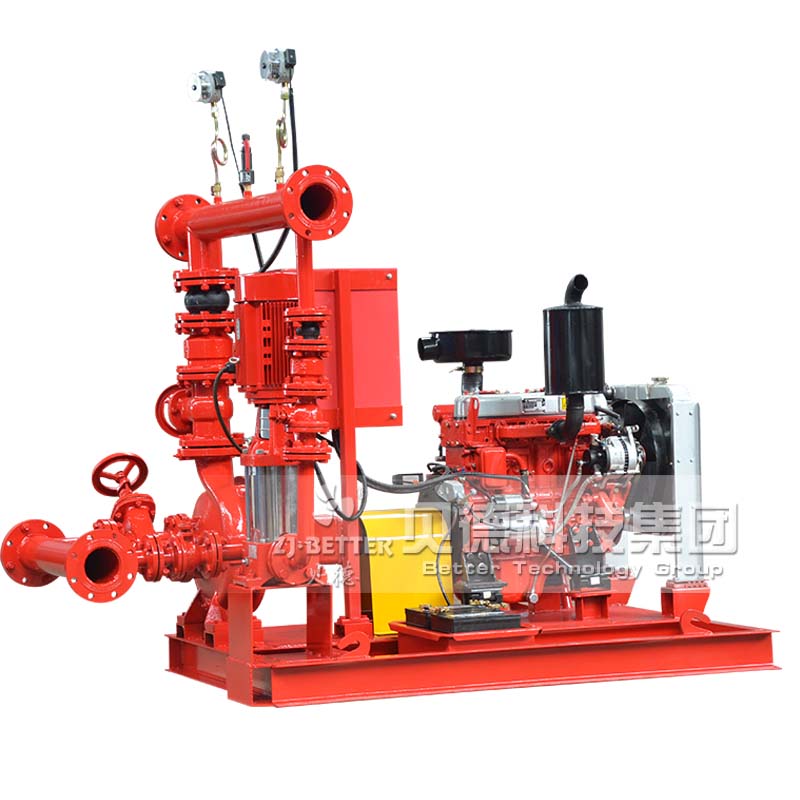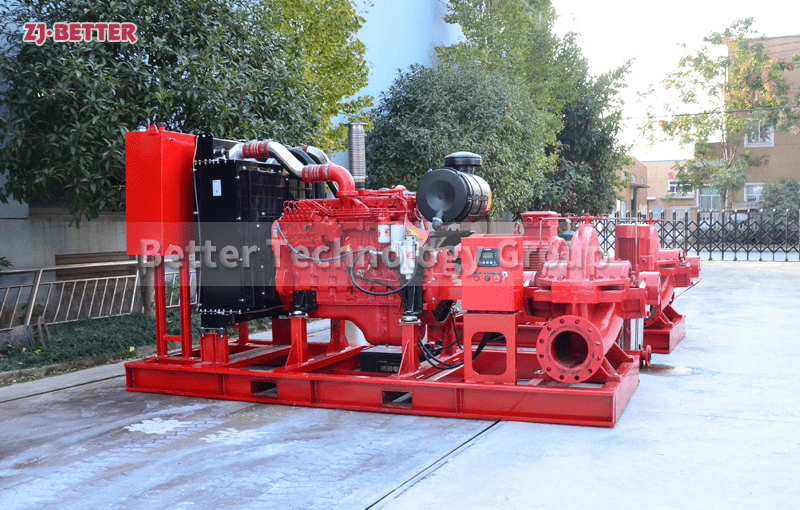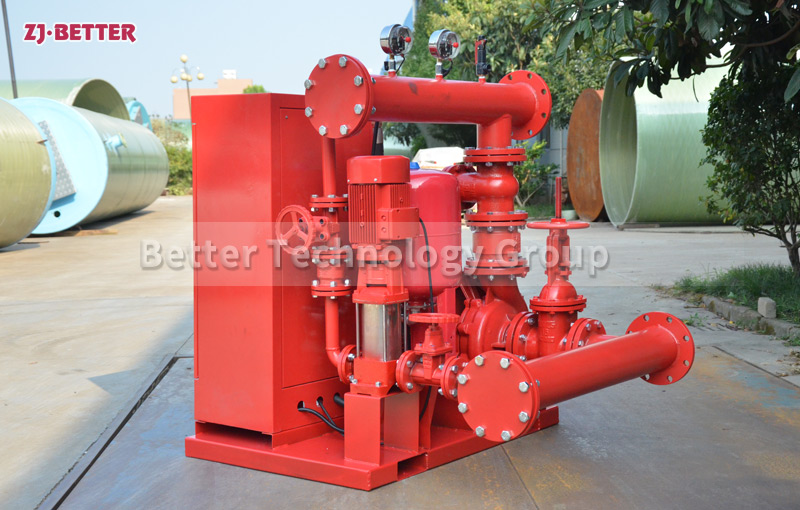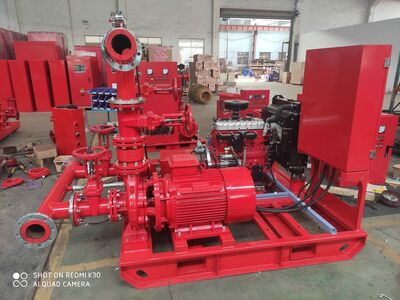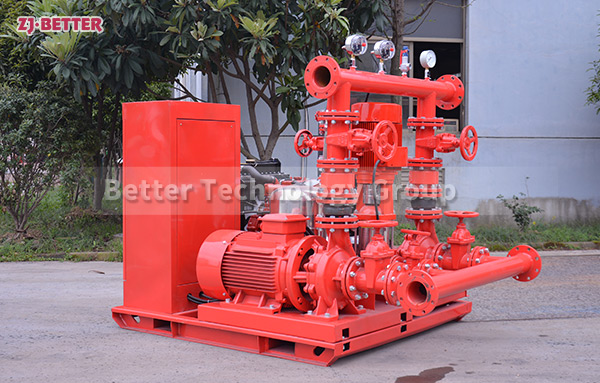Diesel engine fire pump can form automatic fire water supply system with electric pump group and jockey pressure pump
Diesel engine fire pumps have been widely used as fixed fire extinguishing equipment for fire diversion, especially in the case of sudden fire water supply such as lack of power supply or abnormal power supply. , fire pump, connection device, fuel tank, radiator, battery pack, intelligent automatic control screen, etc. Diesel engine fire pump products have the characteristics of leading technology, high degree of automation, excellent performance protection function, reasonable structure, simple installation and high cost performance. At the same time, in order to meet the different needs of users and reasonable investment, the products are divided into multiple application series such as fire pumps, industrial emergency pumps, agricultural pumps, marine pumps, and trailer-type mobile water pump stations. It can be used together with electric fire pumps.
Unit components of diesel engine fire pump:
The fire pump unit is combined with the fire pump through the high elastic coupling. The unit also includes diesel tank, cooling water tank, fan, control panel (for automatic unit) and other components.
When it is an automatic control unit, the split diesel engine automatic control cabinet realizes the functions of automatic reset, input, automatic switching, automatic protection and other functions of the system. At the same time, it can also interface with the user’s fire center or automatic fire alarm device to realize remote control monitor.

